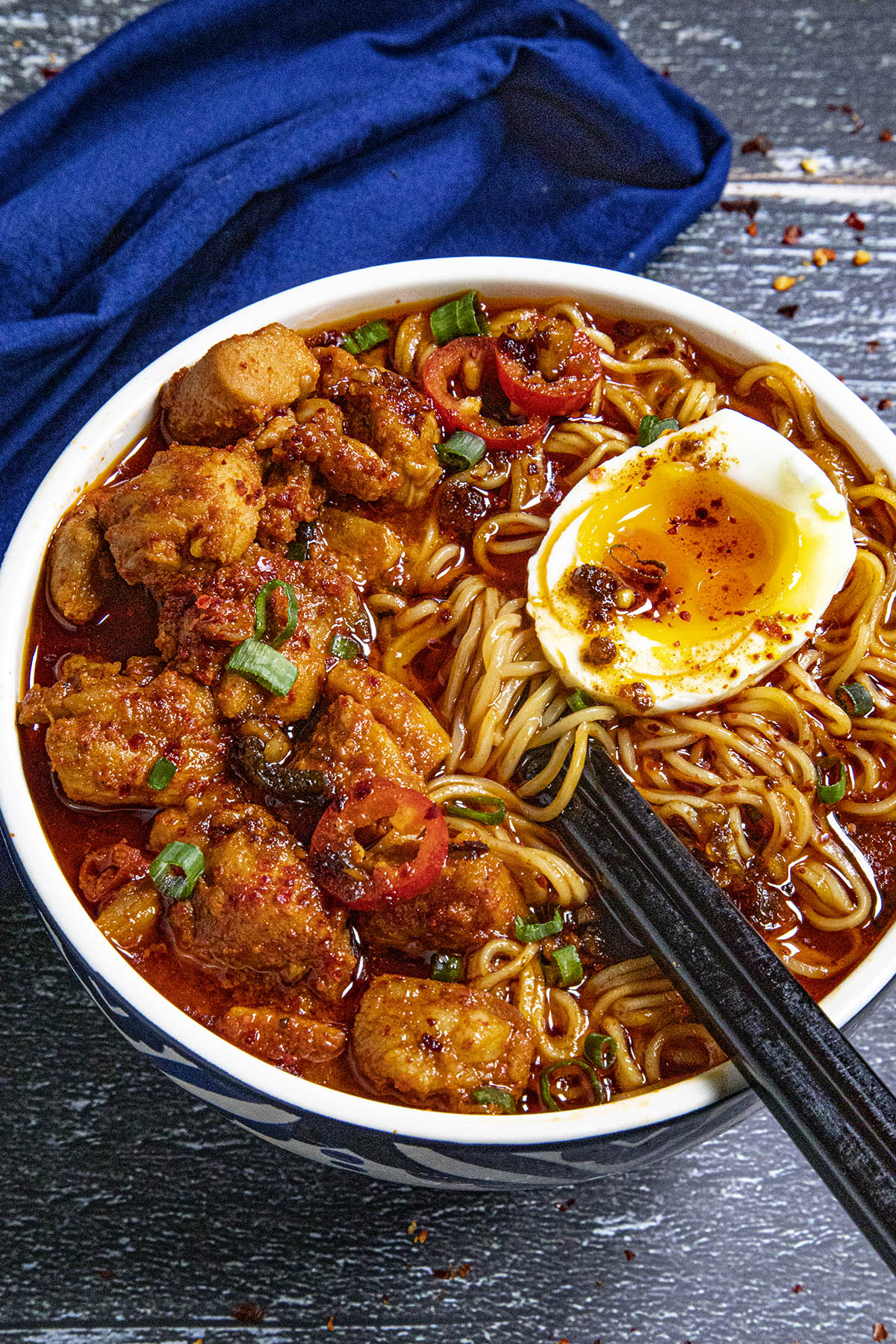In recent headlines, the popular Buldak Ramen has come under scrutiny due to a recall associated with bacterial contamination. This alarming news has sparked concern among consumers who love this spicy noodle dish. As fans of Buldak Ramen, many are left wondering what it means for their favorite product and how they should respond to the recall. This article aims to delve into the details surrounding the Buldak Ramen recall bacteria issue, addressing essential questions and providing guidance for consumers.
With the rise of global food safety issues, it is crucial for consumers to stay informed about the products they consume. The Buldak Ramen recall has raised questions regarding the food safety standards of popular brands and the implications of bacterial contamination. In this article, we will explore the details of the recall, the type of bacteria involved, and the potential health risks associated with consuming contaminated products.
Moreover, we will discuss how consumers can protect themselves and their families while enjoying their favorite ramen dishes. By understanding the facts about the Buldak Ramen recall bacteria, consumers can make informed decisions and ensure their food safety. Let’s dive into this important topic and uncover what you need to know about the recall.
What Caused the Buldak Ramen Recall?
The Buldak Ramen recall was initiated due to the detection of harmful bacteria in certain batches of the product. This bacterial contamination raised significant health concerns, prompting the manufacturers to take immediate action. But what specific bacteria were found, and how did they get into the ramen?
Which Bacteria Were Detected in Buldak Ramen?
The recall primarily involved the presence of Salmonella, a type of bacteria known to cause food poisoning. This pathogen can lead to severe gastrointestinal issues, including diarrhea, vomiting, and fever. The discovery of Salmonella in Buldak Ramen led to widespread concern among consumers and health officials alike.
How Did the Contamination Occur?
Investigations revealed that the contamination might have occurred during the production or packaging process. Factors such as improper handling, cross-contamination, or inadequate sanitation measures could have contributed to the bacteria's presence in the final product. Understanding the root cause of the contamination is vital in preventing future incidents.
What Should Consumers Do About the Recall?
For consumers who have purchased Buldak Ramen, it is essential to take the recall seriously. The presence of Salmonella can pose serious health risks, especially for vulnerable populations such as children, the elderly, and those with weakened immune systems. Here are some steps to take if you have the affected product:
- Check for recall notifications: Visit the manufacturer's website or the FDA website to find updates on the recall.
- Identify the product: Look for batch numbers or identifiers on your ramen packaging to determine if it is affected.
- Do not consume: If your product is part of the recall, discard it immediately. Do not attempt to eat or cook it.
- Report any symptoms: If you experience symptoms of food poisoning after consuming Buldak Ramen, seek medical attention and report it to health authorities.
Are There Any Health Risks Associated with Buldak Ramen Recall Bacteria?
Yes, consuming products contaminated with Salmonella can lead to serious health issues. Symptoms typically appear 6 hours to 6 days after exposure and may include:
- Diarrhea
- Fever
- Abdominal cramps
- Nausea and vomiting
In severe cases, the infection can lead to hospitalization, especially in those with compromised immune systems. It's essential to be vigilant and prioritize food safety.
How Can Consumers Ensure Food Safety in the Future?
After the Buldak Ramen recall incident, consumers may wonder how they can protect themselves from similar situations in the future. Here are several tips for ensuring food safety:
- Stay informed: Keep an eye on food recalls and safety alerts from trusted sources such as the FDA.
- Check expiration dates: Always check the expiration date on food products before purchasing or consuming them.
- Practice safe food handling: Wash hands, utensils, and surfaces thoroughly when preparing food.
- Educate yourself about food safety: Understanding the risks associated with certain foods can help you make better choices.
What Does the Future Hold for Buldak Ramen?
As the incident unfolds, consumers are curious about the future of Buldak Ramen. Will the brand recover from this setback, and what measures will be taken to prevent such contamination in the future? The manufacturer has stated their commitment to ensuring the highest food safety standards moving forward.
Can Buldak Ramen Regain Consumer Trust?
Regaining consumer trust after a recall can be challenging. Buldak Ramen will need to take decisive actions, such as improving safety protocols, enhancing transparency, and effectively communicating with their customer base. Building trust again may take time, but consumers are likely to appreciate genuine efforts towards safety and quality.
Ramen Noodles Recall 2024: What You Need To Know
Discovering The Excitement Of Video Chat Random Connections
Exploring The Groove: The Funky Town Video Phenomenon


